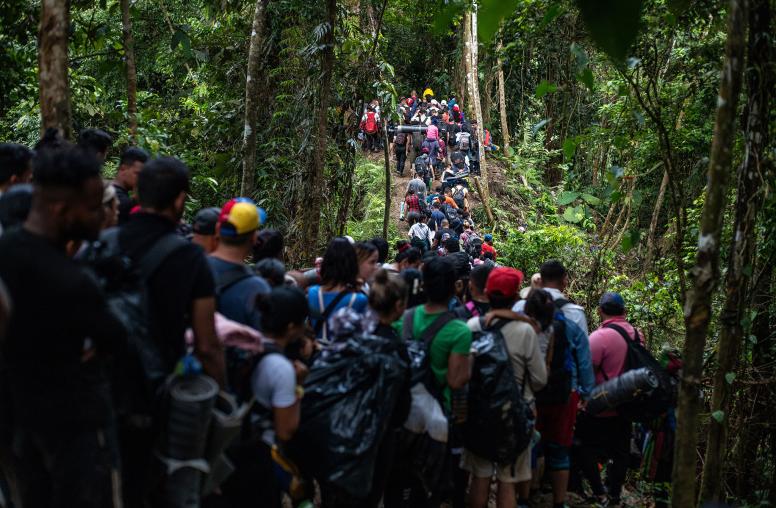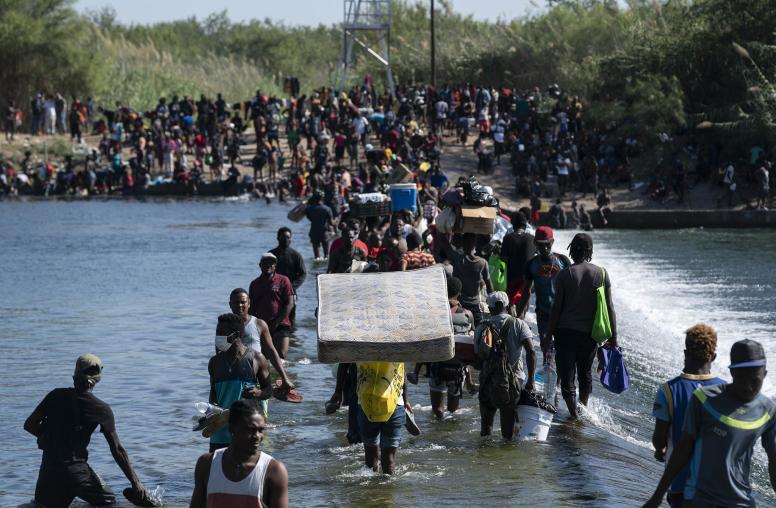Sidi Bouzid and Metlaoui are similarly sized towns in Tunisia’s interior, alike in many respects. They suffer from similar social and economic problems, have a shared tribal heritage, and are centers of political resistance and unrest.

But there is one key difference: whereas extremist preachers gained control of most of Sidi Bouzid’s mosques and sent dozens of fighters to join ISIS in Syria, extremists failed to take over a single mosque in Metlaoui and sent only one fighter.
Why was one of these towns more resilient to extremist forces than the other? The answer: a historic presence of labor unions. These unions appear to have given the citizens of Metlaoui an outlet for expressing their grievances and a mechanism for taking collective action to seek redress. As a result, resistance to the state has historically been nonviolent. In Sidi Bouzid, an absence of strong unions or other organized ways to express discontent made citizens more likely to express grievances against the state violently, leaving the town more susceptible to extremist ideology.
Unions are not the solution to extremism everywhere. But this example, from our new report “Preventing Extremism in Fragile States: A New Approach” shows that where there are avenues for people to voice concerns and act to address them—including through civic participation, informal institutions, and other nonviolent measures—societies can accommodate local grievances and help prevent extremism.
What Have we Learned Since 9/11?
When we issued the 9/11 Commission report in 2004, we urged that, going forward, counterterrorism and homeland security be coupled with “a preventive strategy that is as much, or more, political as it is military.”
Fifteen years later, our record on implementing this strategy is mixed. We are defeating terrorists, but extremism continues to grow and spread around the globe. The indefatigable efforts of our military, intelligence, diplomatic, and development professionals have prevented another attack on our homeland; yet, since 2001, the number of Salafi-extremist groups has more than doubled, their membership has tripled, and they are present in more countries than ever.
In the intervening years, we have learned a great deal about strategies to prevent violent extremism. Congress has recognized that, in order to ensure the continued security of our nation, we must address the issues that cause extremism to metastasize in the first place; namely, conditions of instability in countries where the compact between society and the state has broken down, allowing extremists to exploit citizens’ grievances against their government.
In 2017, Congress charged the U.S. Institute of Peace with developing “a comprehensive plan to prevent the underlying causes of extremism in fragile states.” We were honored to lead this effort, working with a bipartisan Task Force of 15 talented foreign policy and private sector professionals.
All of us understand the importance of the problem as well as the difficulty of a solution. We also represent the diversity of partners necessary to make our recommended strategy a success.
A New Approach
Our principal recommendation is both simple and daunting: we need a high-level political commitment to prevention. Our goal should not be to topple governments or install new ones, but to work with local actors to strengthen vulnerable states and societies so that they can better defend themselves. Open-ended military intervention and nation-building are neither effective nor sustainable. Prevention is a counterterrorism policy for the long haul.
We have the capabilities and expertise across government to prevent extremism, but we must align and coordinate them much more closely and with more urgency than before. Doing so will save money and lives. According to a recent analysis by the World Bank and the United Nations, every dollar invested in efforts to prevent conflict saves 16 dollars in spending on reconstruction, crisis management, and peacekeeping forces.
Our strategy for preventing extremism has three components:
- Adopt a shared framework that reflects a common understanding among U.S. agencies of the conditions underlying extremism and how to mitigate them effectively;
- Establish a Strategic Prevention Initiative that sets clear agency roles and responsibilities and provides the flexible funding and authorities necessary to implement effective programs; and
- Initiate diplomatic efforts to launch a Partnership Development Fund, a mechanism that can coordinate donor activities and pool funds in support of a shared approach to prevention.
This strategy should be undertaken with realistic expectations. Prevention is a step-by-step process that happens within societies and requires time to succeed. Our partnerships with and support for other nations will require adjustments along the way based on lessons learned.
But with a new paradigm—supplementing a short-term focus on confronting terrorism with a longer-term commitment to preventing extremism, aligning policy tools behind a shared strategy, and leveraging our convening power to encourage others to do their part—we can make a meaningful contribution to our nation’s security.
Read the full report here.

